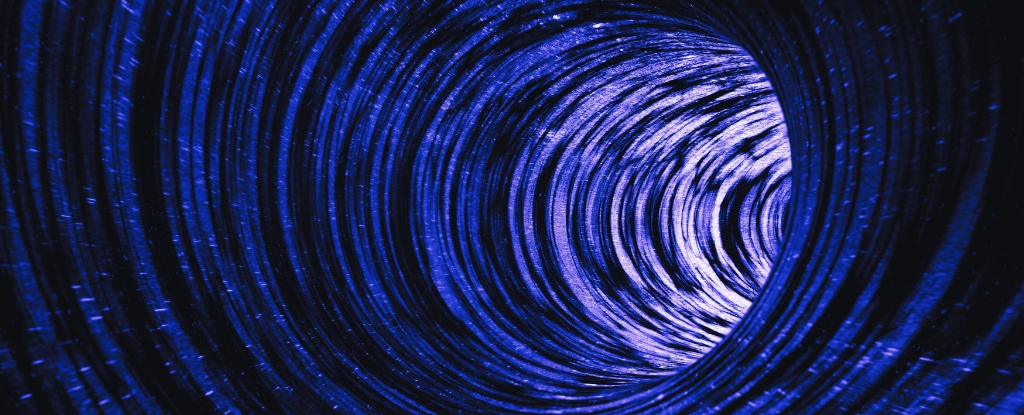Evidently, a physicist has devised a theory which he proposes eliminates the need for dark matter to explain the "missing gravity" in our universe.
Physicist's Gravity Revelation May Finish 'Endless Search' For Dark Matter
This concept seems a bit funky to me - especially the "negative mass" business. Then again, most aspects of astro- and quantum physics often appear to be the province of some manner of wizards to this simple kibitzing curmudgeon.
The above quoted article is admittedly short on the specifics of Lieu's theory, but it did offer a link to the detailed version of his paper - complete with "rune" filled equations and spiff-a-riffic jargon:
The binding of cosmological structures by massless topological defects
My question to those with greater knowledge of such things is - does it appear that he's on to something ?
Physicist's Gravity Revelation May Finish 'Endless Search' For Dark Matter
Richard Lieu, a professor of physics and astronomy at the University of Alabama in Huntsville, has a new theory that could lessen the need for dark matter to exist.
Lieu suggests that the additional gravity needed to hold a galaxy or cluster together could instead come from shell-like, topological defects in structures commonly found throughout the cosmos.
These defects were most likely created during the early universe when a cosmological phase transition took place. This is a physical process where the overall state of matter changes together across the entire universe.
In a statement, Lieu said: "Topological effects are very compact regions of space with a very high density of matter, usually in the form of linear structures known as cosmic strings, although 2-D structures such as spherical shells are also possible.
"The shells in my paper consist of a thin inner layer of positive mass and a thin outer layer of negative mass; the total mass of both layers—which is all one could measure, mass-wise—is exactly zero, but when a star lies on this shell it experiences a large gravitational force pulling it towards the center of the shell."
This concept seems a bit funky to me - especially the "negative mass" business. Then again, most aspects of astro- and quantum physics often appear to be the province of some manner of wizards to this simple kibitzing curmudgeon.
The above quoted article is admittedly short on the specifics of Lieu's theory, but it did offer a link to the detailed version of his paper - complete with "rune" filled equations and spiff-a-riffic jargon:
The binding of cosmological structures by massless topological defects
My question to those with greater knowledge of such things is - does it appear that he's on to something ?


